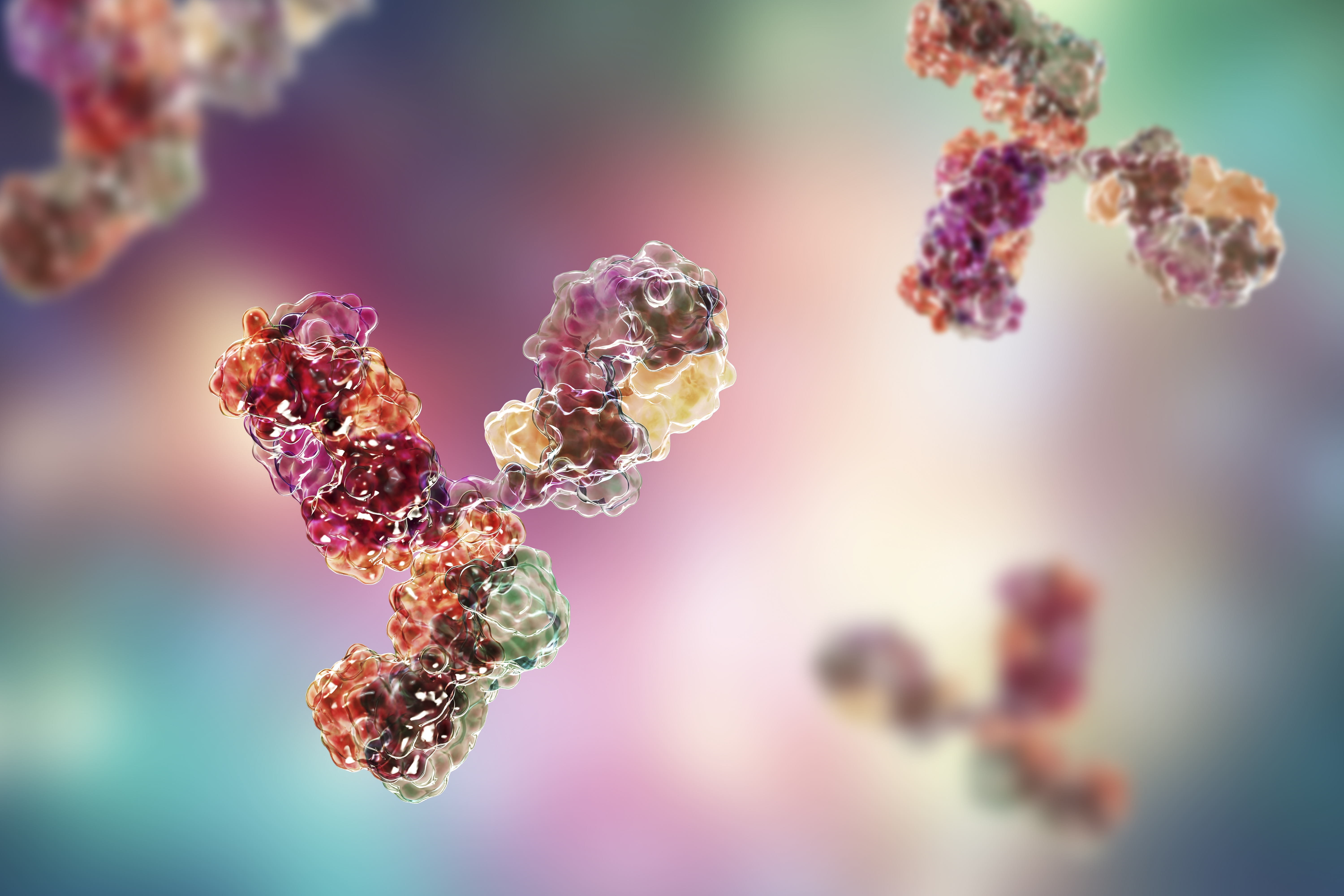It is crucial to make the distinction between noncomparable biotherapeutics (“NCBs”; also known as biocopies, biomimics, me-too biologics, etc.) and biosimilars. Noncomparables are not biosimilars because they have not been subjected to the same strict analytical, nonclinical, and clinical comparative evaluations prior to market approval as biosimilars regulatory pathways mandate.1

Biosimilars are biologic medicines that are highly similar to, with no clinically meaningful differences from, their reference biologics. In accordance with a rigorous and scientifically appropriate regulatory approval pathway, biosimilars undergo strict analytical, nonclinical and clinical comparative evaluations prior to market approval.2
Noncomparables are intended copies of licensed biologic medicines that are marketed in some countries. These intended copies have not been subject to the same regulatory approval requirements that biologics, including biosimilars, undergo under rigorous regulatory approval pathways.1 This can lead to clinically significant differences in quality, efficacy and safety compared to the reference biologic. Some have even been shown to have reduced biological potency or higher rates of adverse events.1

The World Health Organization (WHO) has issued a roadmap calling for member states to review noncomparables with the same stringent regulatory assessments as that of current biosimilars review standards.3